The Integrated Flood and Water Resources Management (IFWaRM) Project, in collaboration with the Dam and Reservoir Division of the National Irrigation Administration (NIA-DRD), had successfully conducted a Community Training on Integrated Watershed Management at Aguinaldo, Ifugao, and Diadi, Nueva Vizcaya on September 15-16, 2022. Majority of the participants were farmers and community officials. The training aimed to share and provide vital knowledge in agro-ecological and environmental conservation through science-based awareness and the introduction of provenly effective measures in mitigating climate change impacts that threaten the watershed and its stakeholders.
The first day of the training took place at the highlands of Aguinaldo, Ifugao where a variety of organizations and associations had been duly represented by the training participants headed by the Municipal Mayor of Aguinaldo, Hon. Gaspar B. Chilagan Jr., ably represented by Ms. Melissa Lapugan, Executive Assistant II. The program was formally opened by Engr. Alfredo Flores Jr. who represented the NIA-DRD Manager, Engr. Carlo Ablan. Prior to the lecture proper, the participants were also given the opportunity to introduce themselves and the sector they represent. They were from the Office of the Municipal Planning Coordinator, Office of the Municipal Agriculturist, Municipal Environment and Natural Resources Office, barangay officials, representatives from the Municipal Aquatic Resources Management Council, farmers, and fisherfolks.
The first lecture was delivered by Dr. Orlando F. Balderama, Project Leader and ISU Vice President for Research and Development, Extension and Training. Specifically, he gave a detailed overview of climate change, its causes, and effects in contemporary society. He also emphasized the intermingling processes that contribute in the acceleration of climate change and its drastic consequences. In the second part of his lecture, he introduced the benefits and implications of conservation farming. After this, the participants were able to raise their queries about the topics discussed and express their positive impressions during the question-and-answer phase of the activity. The second lecture was presented by Engr. Czarimah L. Singson, Science Research Specialist (SRS) II of the SWIM Project I. Her lecture was focused on the impacts of land-use and climate change to soil erosion; thus, she introduced the relevance of proper planning and auxiliary measures in minimizing the possible harm to be induced by land-use change and its adverse impact coupled with other drivers of climate change.
For the afternoon session, Engr. Christine B. Mata, SRS I of the SWIM Project I, had successfully delivered her lecture on Community Watershed Mapping Using GIS and Remote Sensing Tools for Farmers and Planners. She was able to adapt the technical aspects of her presentation for the proper understanding of the planners without the expense of educating the farmers on the use of GIS and RS tools and the possible benefits of the developed maps for their advantage. The last topic was focused on the use and significance of Sabo Dam as a sedimentation control. The resource speaker was Engr. Israel M. Eraña, Project Leader of SWIM Project 4 and a faculty of the Agricultural and Biosystems Engineering Department of Quirino State University. He informed the participants on the concepts of sedimentation, its negative impacts, and how it changes the course of the waterways, especially the condition of vital infrastructures such as the Magat Dam. His presentation also included relevant undertakings that can be part of the sediment mitigation measures and also detailed the proposed locations of Sabo Dam over the Magat Watershed.
Moreover, the participants actively shared their various concerns during the Q&A part of the activity, which were all addressed by the resource speakers. The first day was concluded by expressing gratitude to the speakers and participants through giving of certificates of appreciation and participation for their commendable engagement in achieving the activity’s outcomes.
The second day of the program was held at the LGU Compound, Diadi, Nueva Vizcaya and was participated by a considerable number of participants. The concerned offices of LGU Diadi such as Office of Municipal Agriculturist and Municipal Environment and Natural Resources Office were duly represented in addition to the participants from the different barangays and other associations. Primarily, the participants had been jointly welcomed by the Municipal Mayor, Hon. Sandy M. Gayaton, ably represented by the Municipal Administrator, Ms. Zenaida G. Malvar, and the Head of the Watershed Management Section of NIA-DRD, Forester Rodrigo Olimon who represented Engr. Carlo Ablan.
Similar to the proceedings of the first day, Engr. Czarimah L. Singson also delivered her lecture about impacts of land-use and climate change to soil erosion. Engr. Christine B. Mata, on the other hand, also presented her lecture on Community Watershed Mapping Using GIS and Remote Sensing Tools for Farmers and Planners of Diadi. Afterwards, she presented site-specific examples to relate with the participants. Furthermore, Engr. Alvin John B. Felipe, SRS I of the SWIM Project I represented Dr. Orlando F. Balderama to give an overview of climate change and conservation farming. Engr. Israel M. Eraña, also presented his lecture on the benefits of Sabo Dam for sedimentation control. The session was comprehensively interactive as the participants explicitly laid out their queries and impressions relevant to the topics presented.
Interestingly, this training program was able to provide the basic knowledge and technical know-how to the participants to become even more aware of the consequences of unsolicited traditional farming and agriculture-related endeavors, and the opportunities that can be explored under new conservative measures for agroforestry and agroeconomic enhancement concerns. Also, the cooperation between the local government offices and the stakeholders was also opened. By and large, the training then accentuated the significance of the connection between the stakeholders and the governing agencies in promulgating effective community-based integrated watershed management.
Diadi.
Aguinaldo.
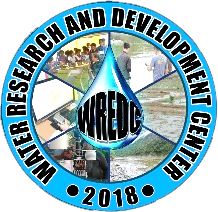
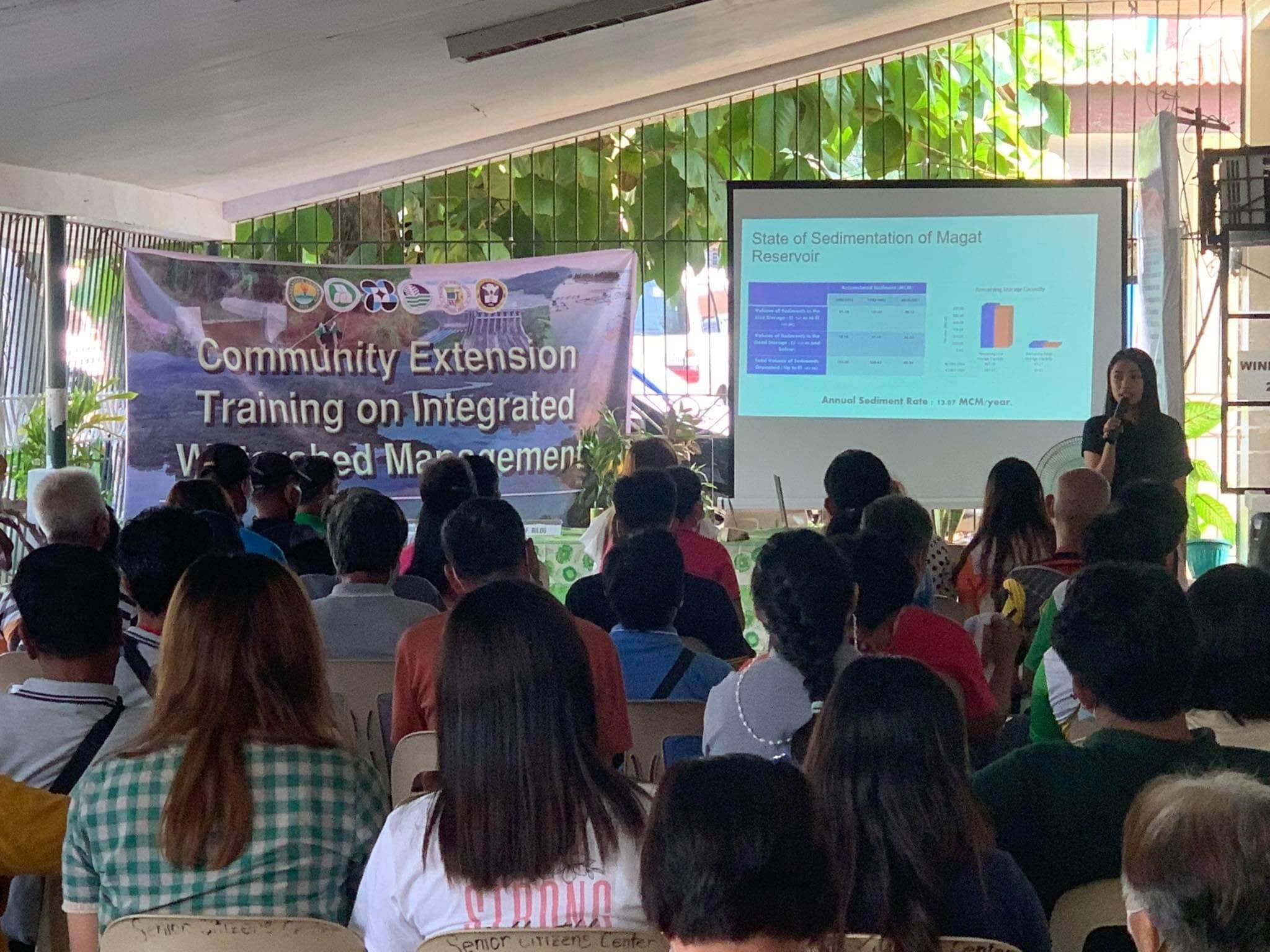
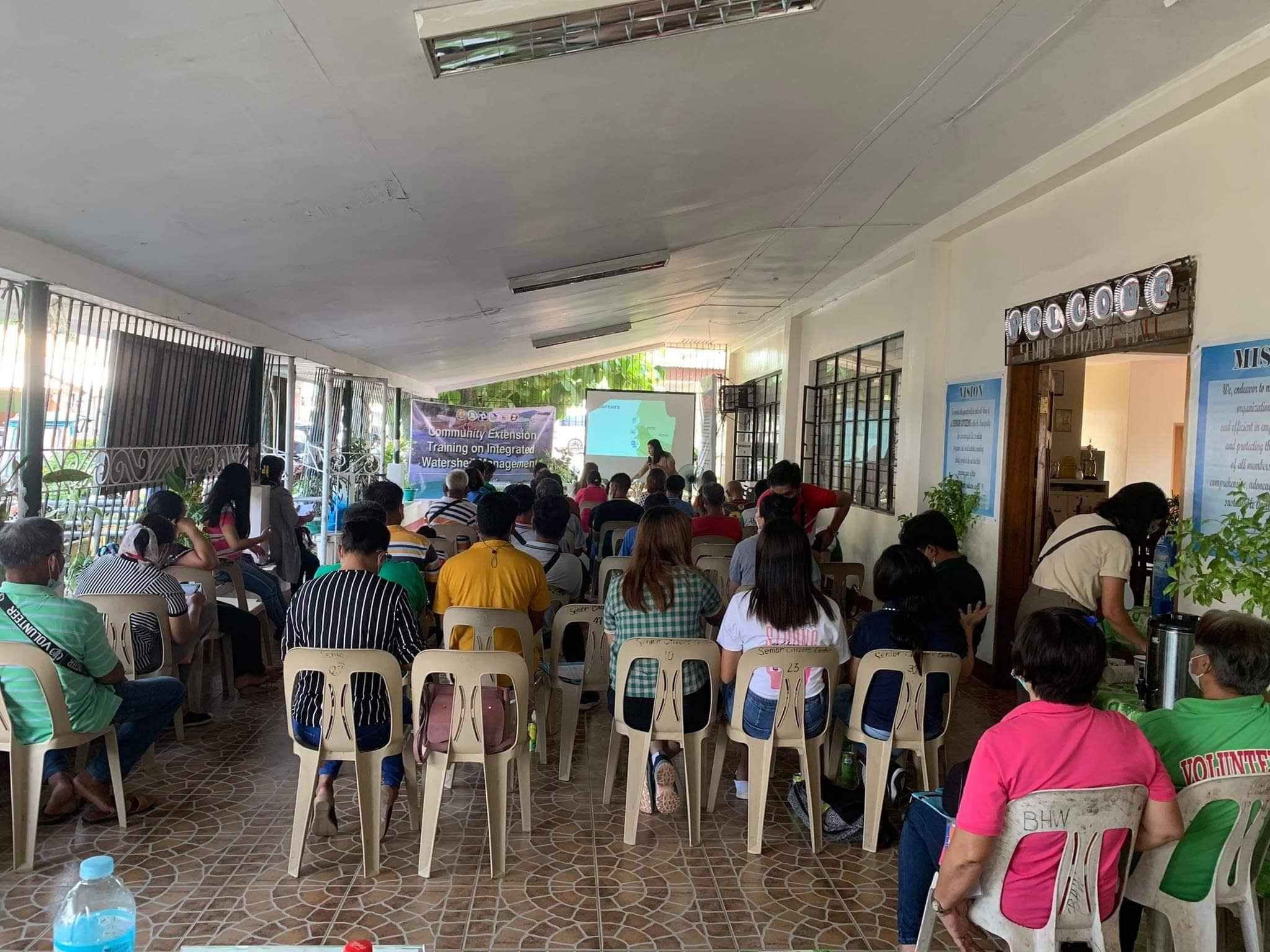

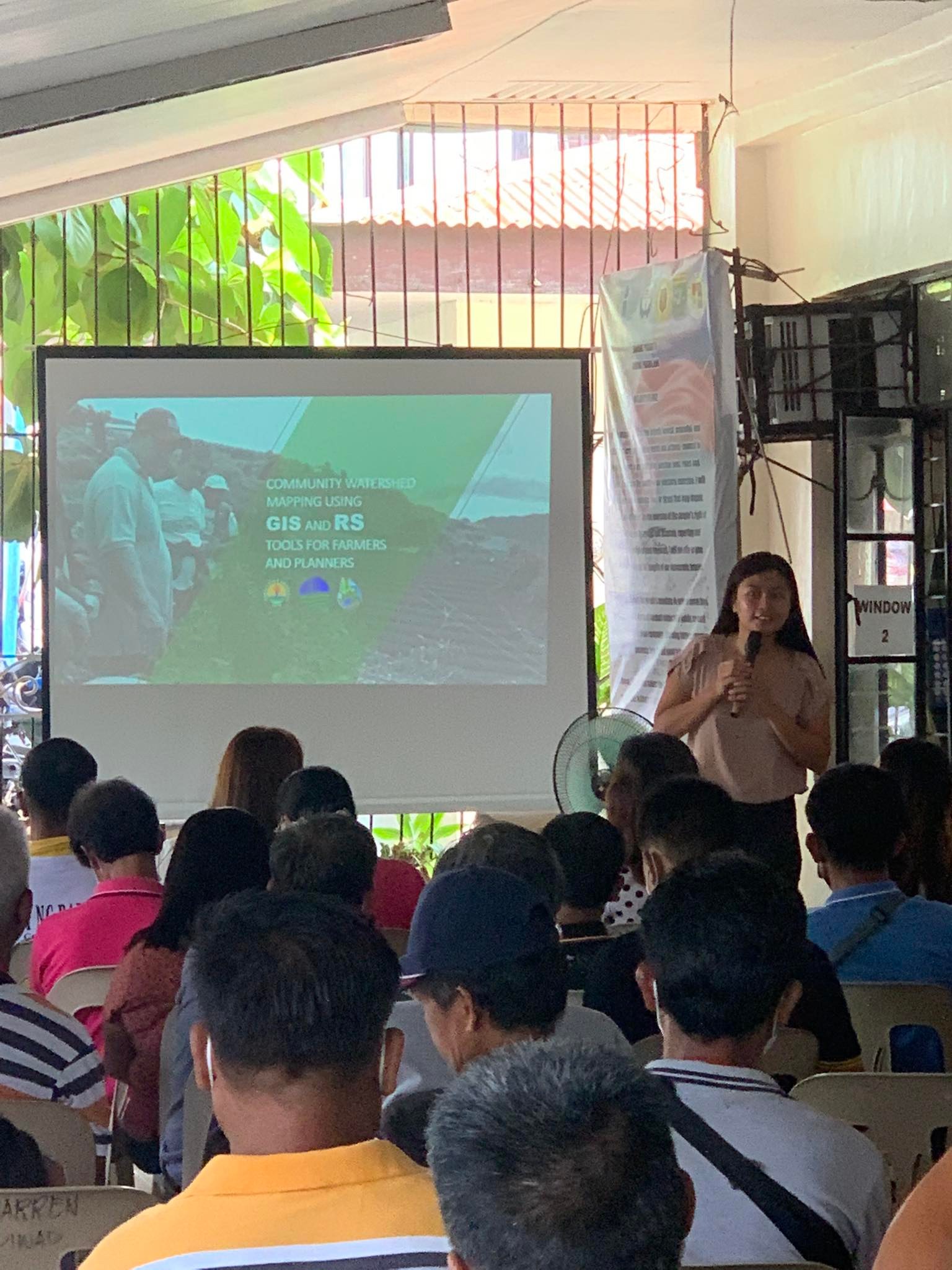
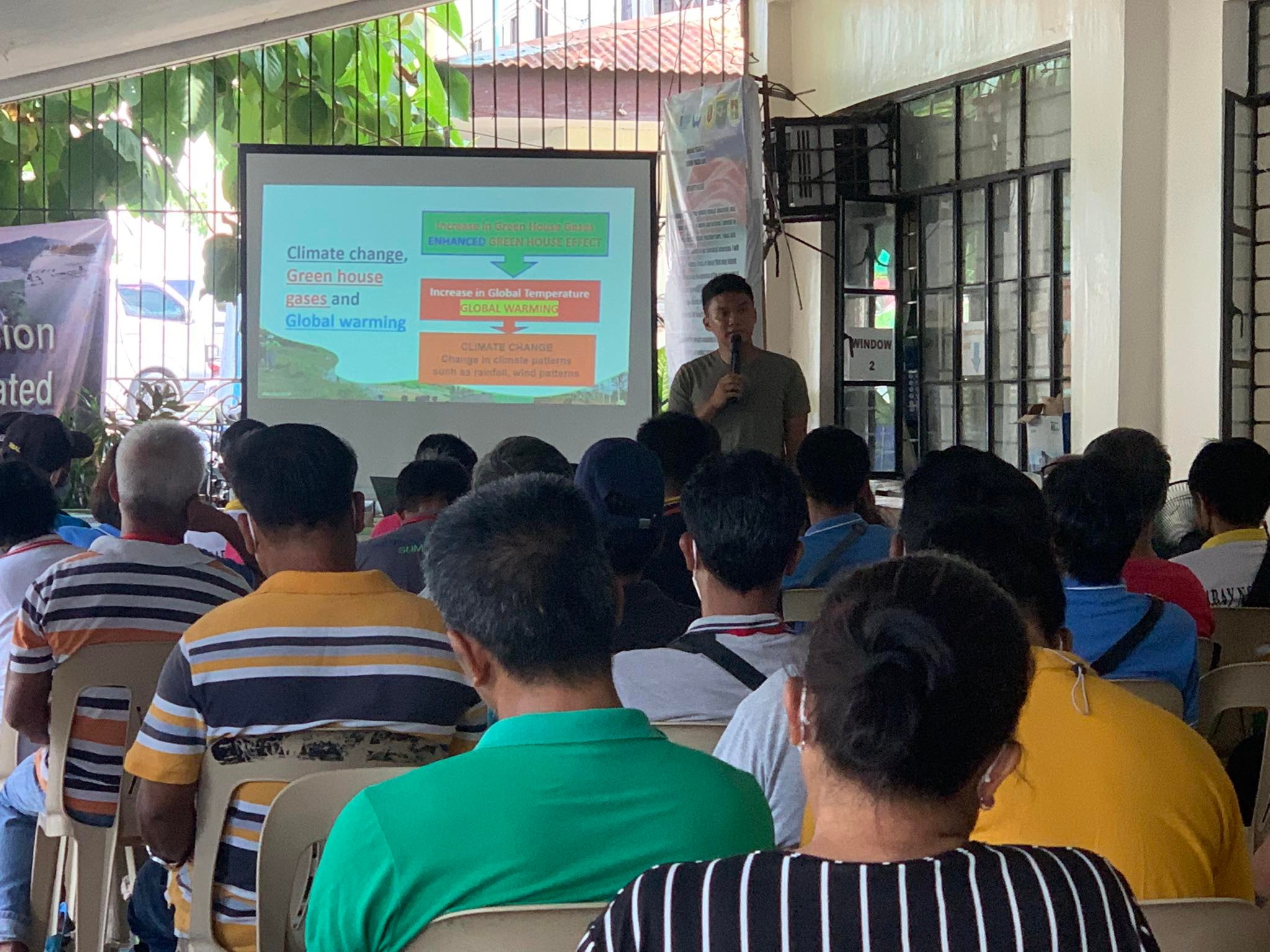
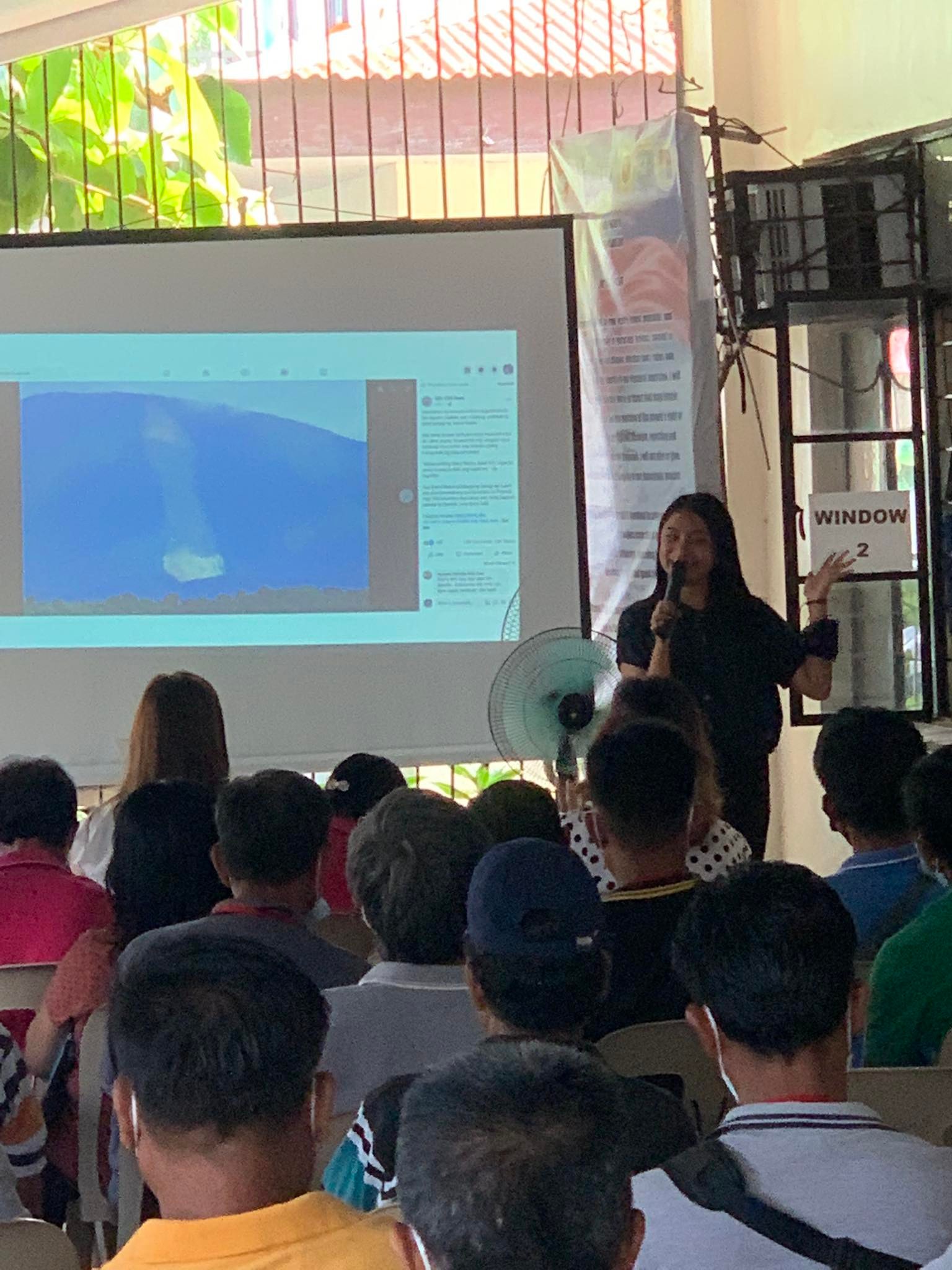
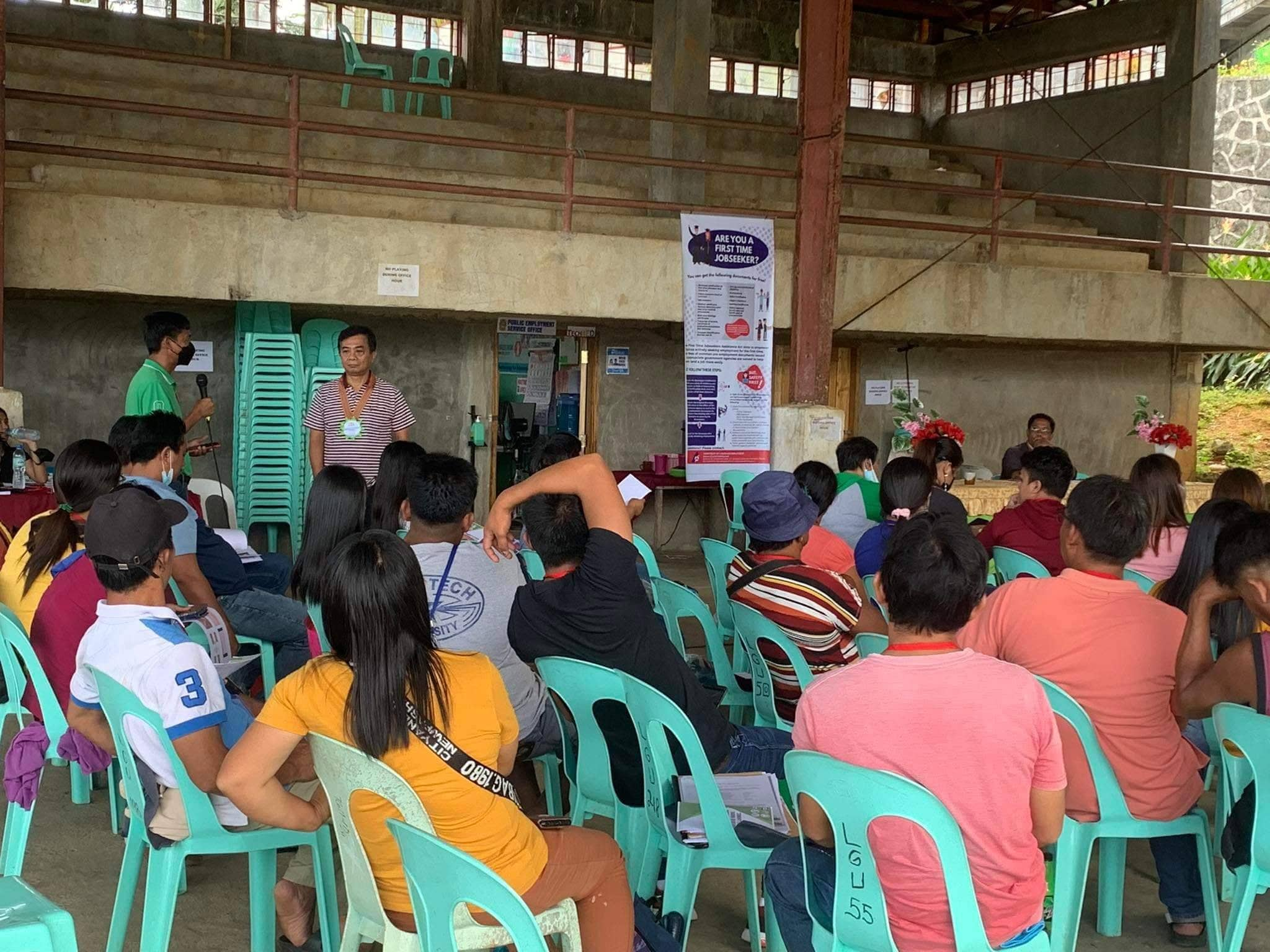
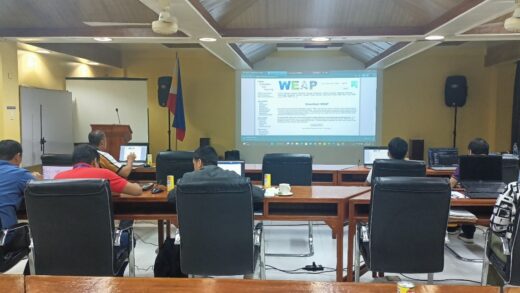
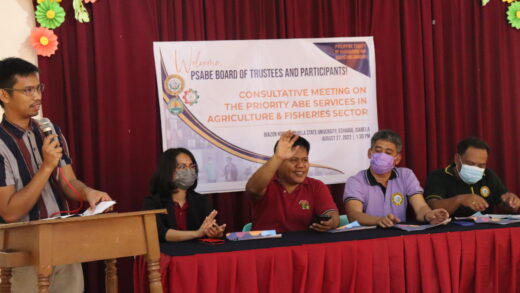
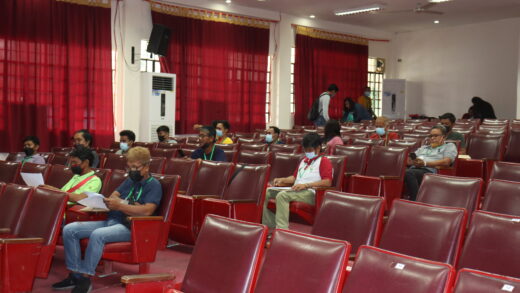
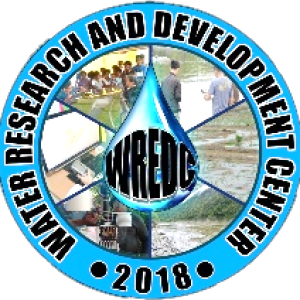





 Users Today : 15
Users Today : 15 This Year : 457
This Year : 457 Total Users : 1342
Total Users : 1342 Views Today : 27
Views Today : 27